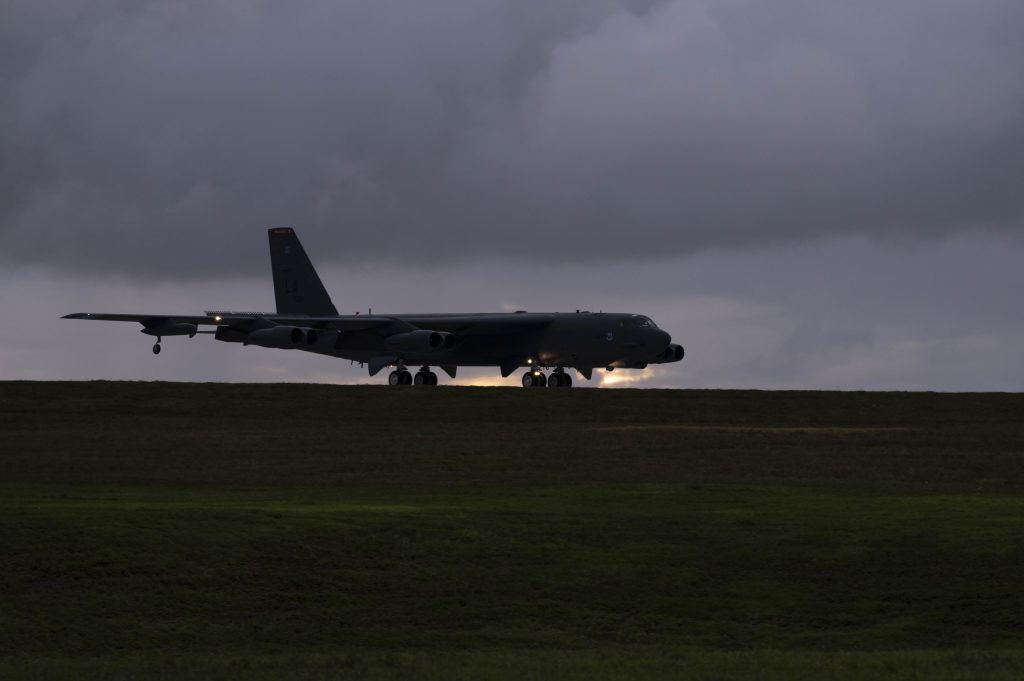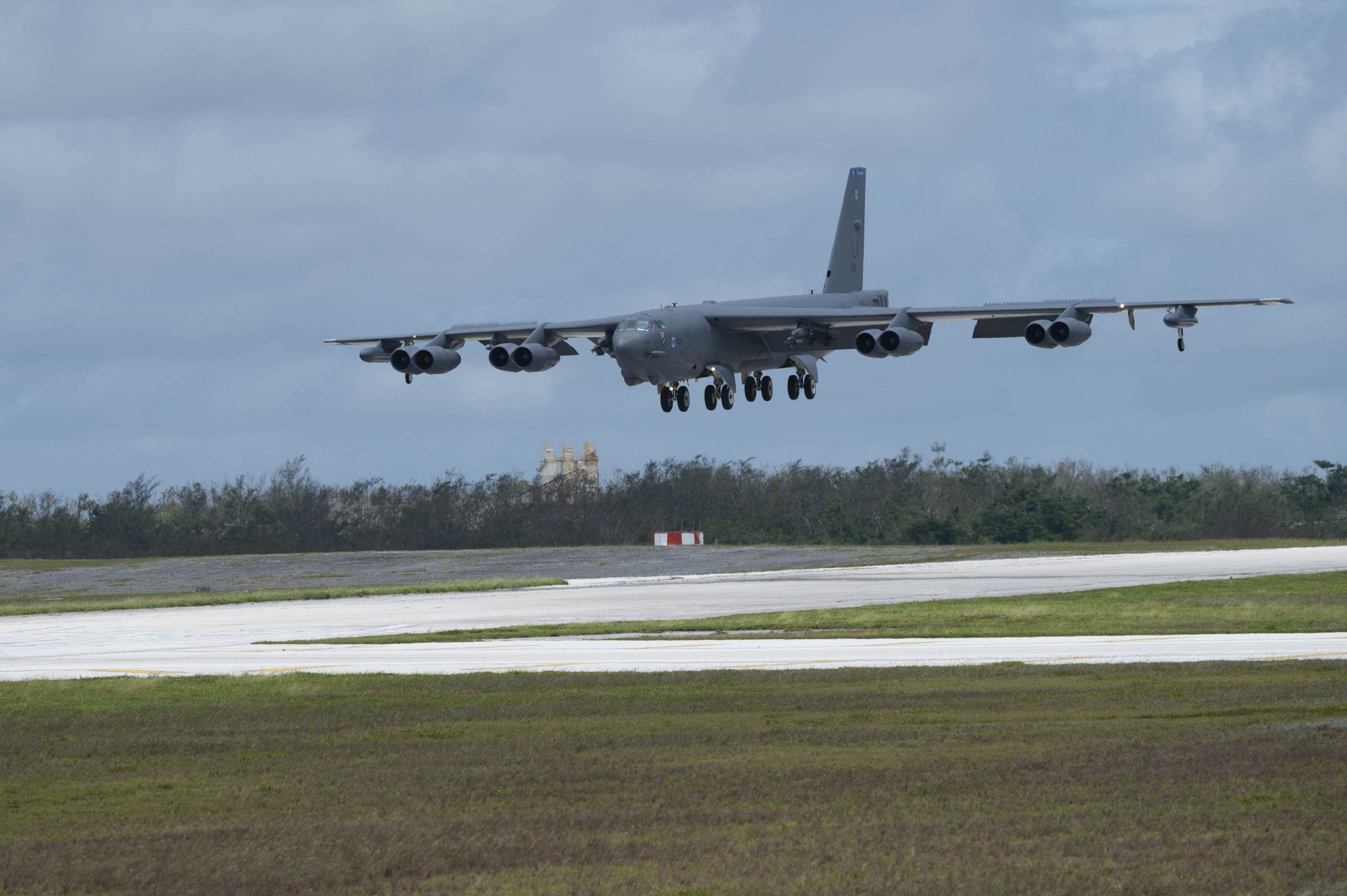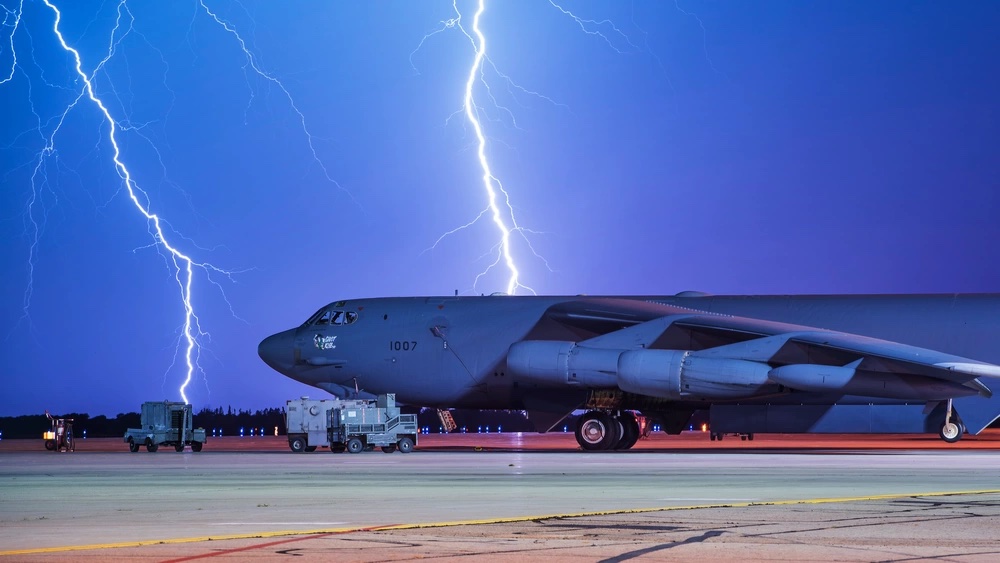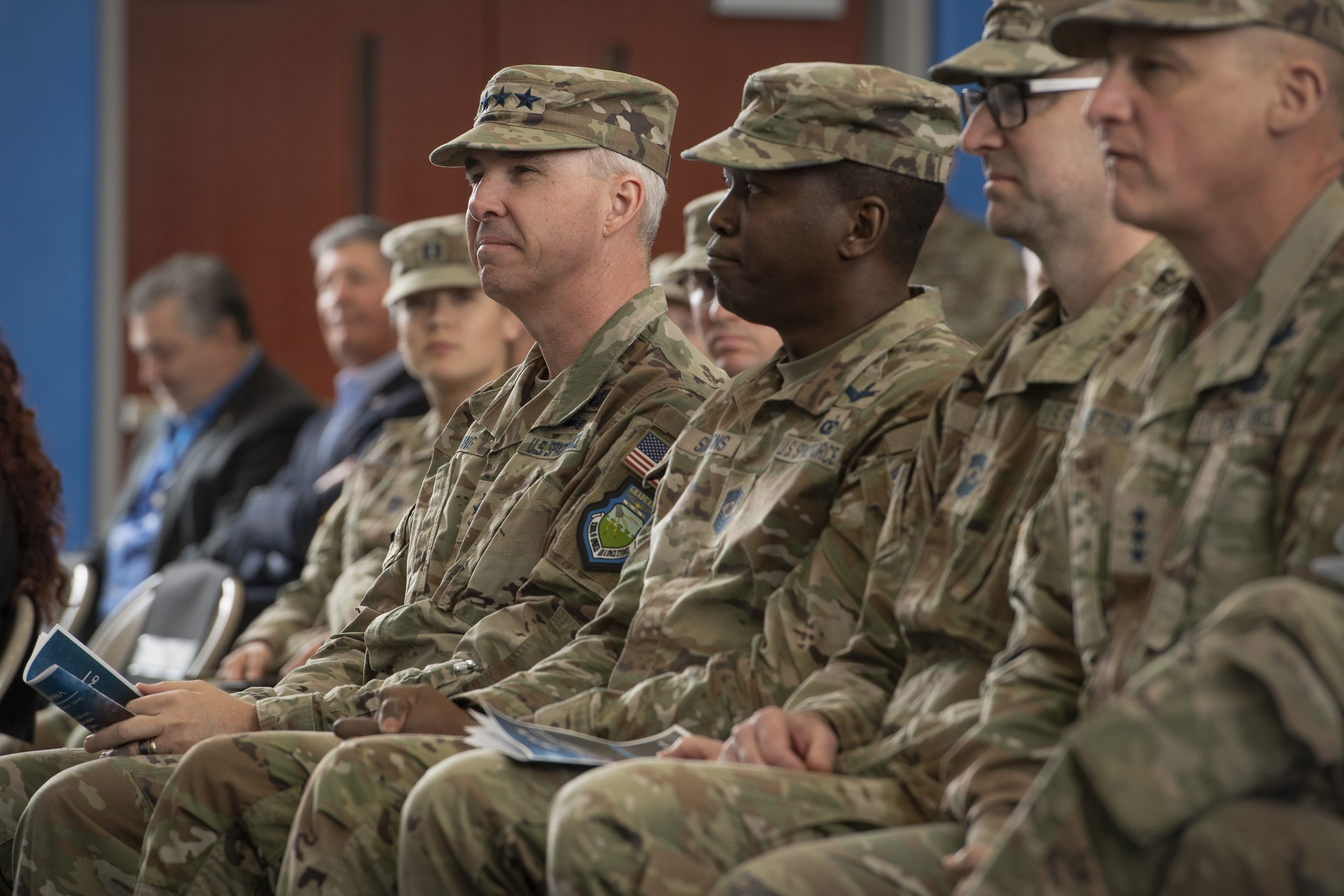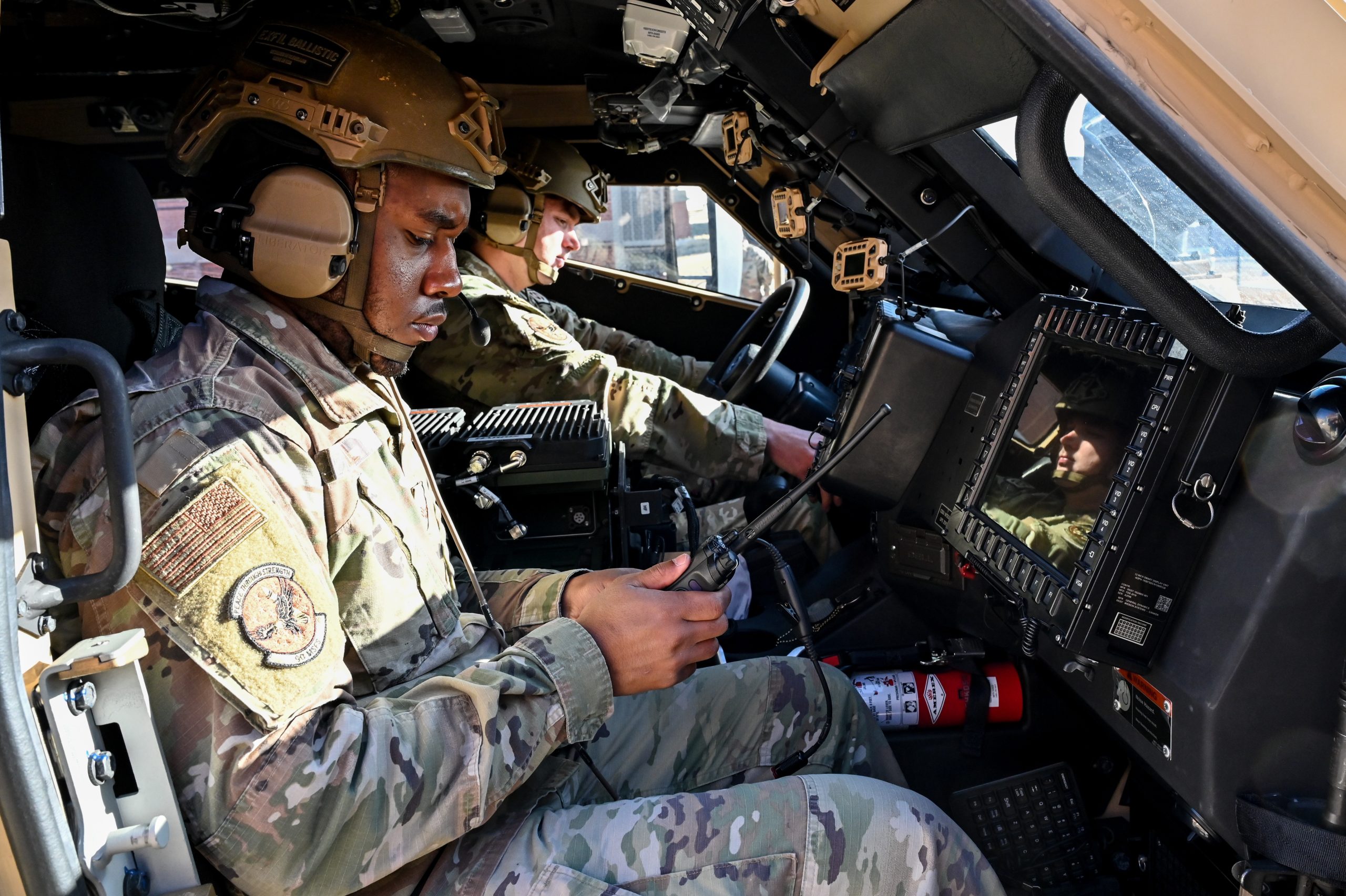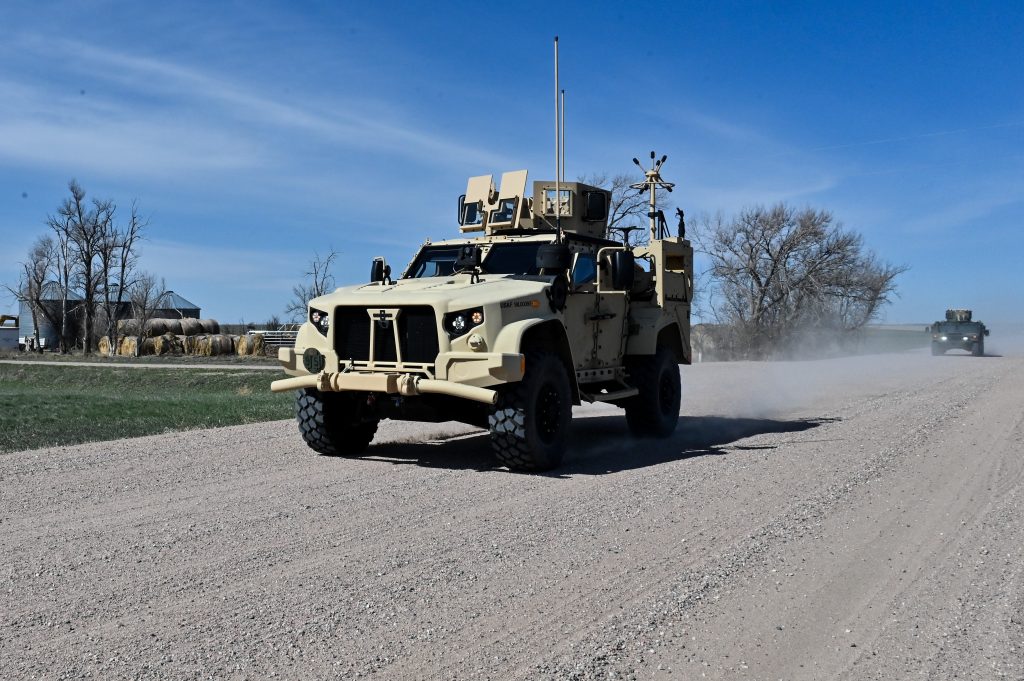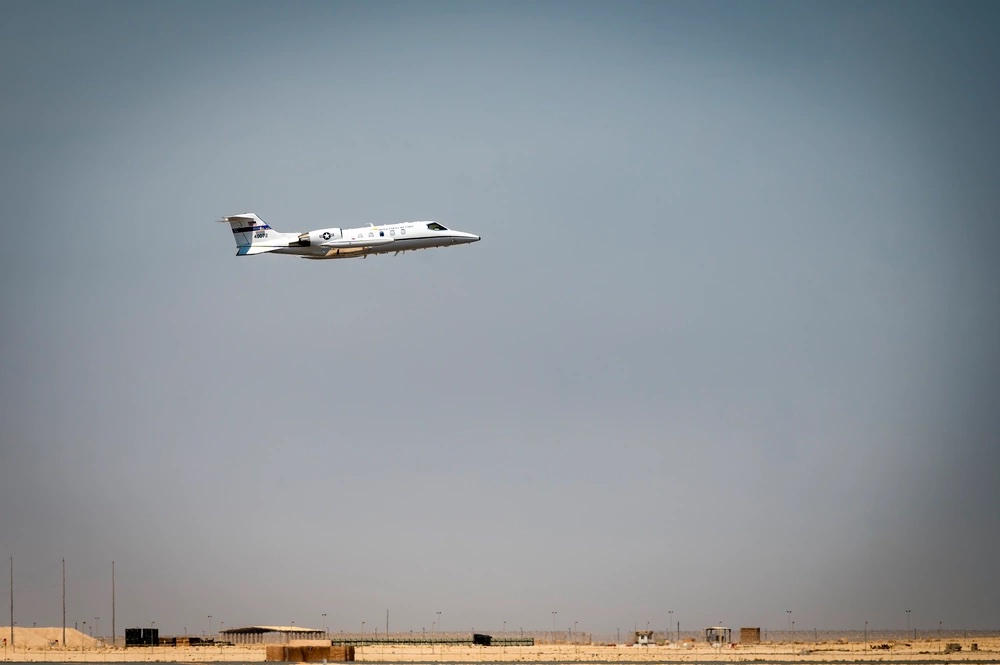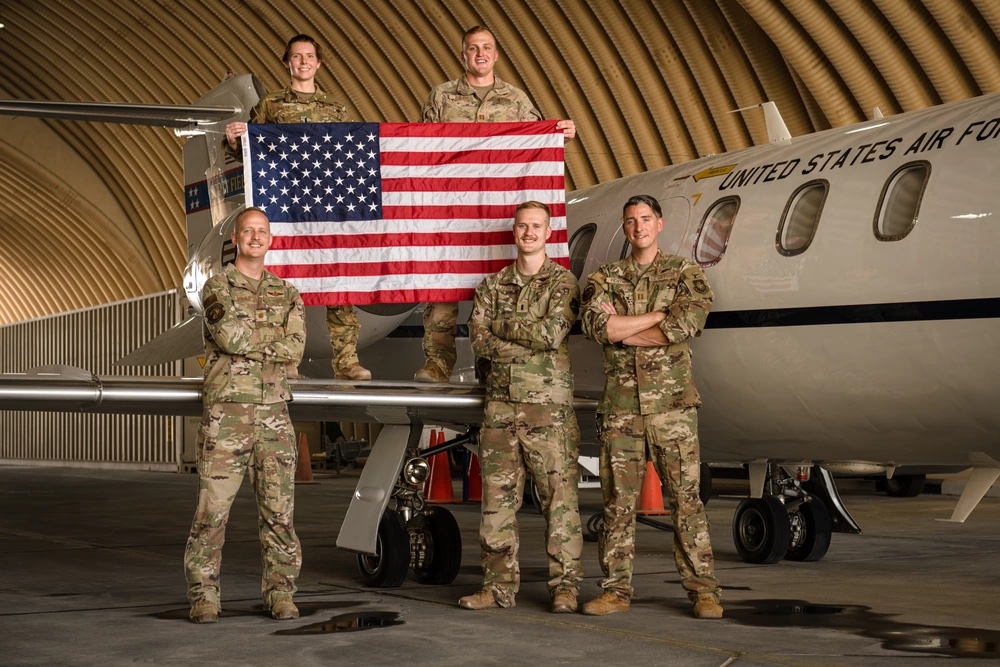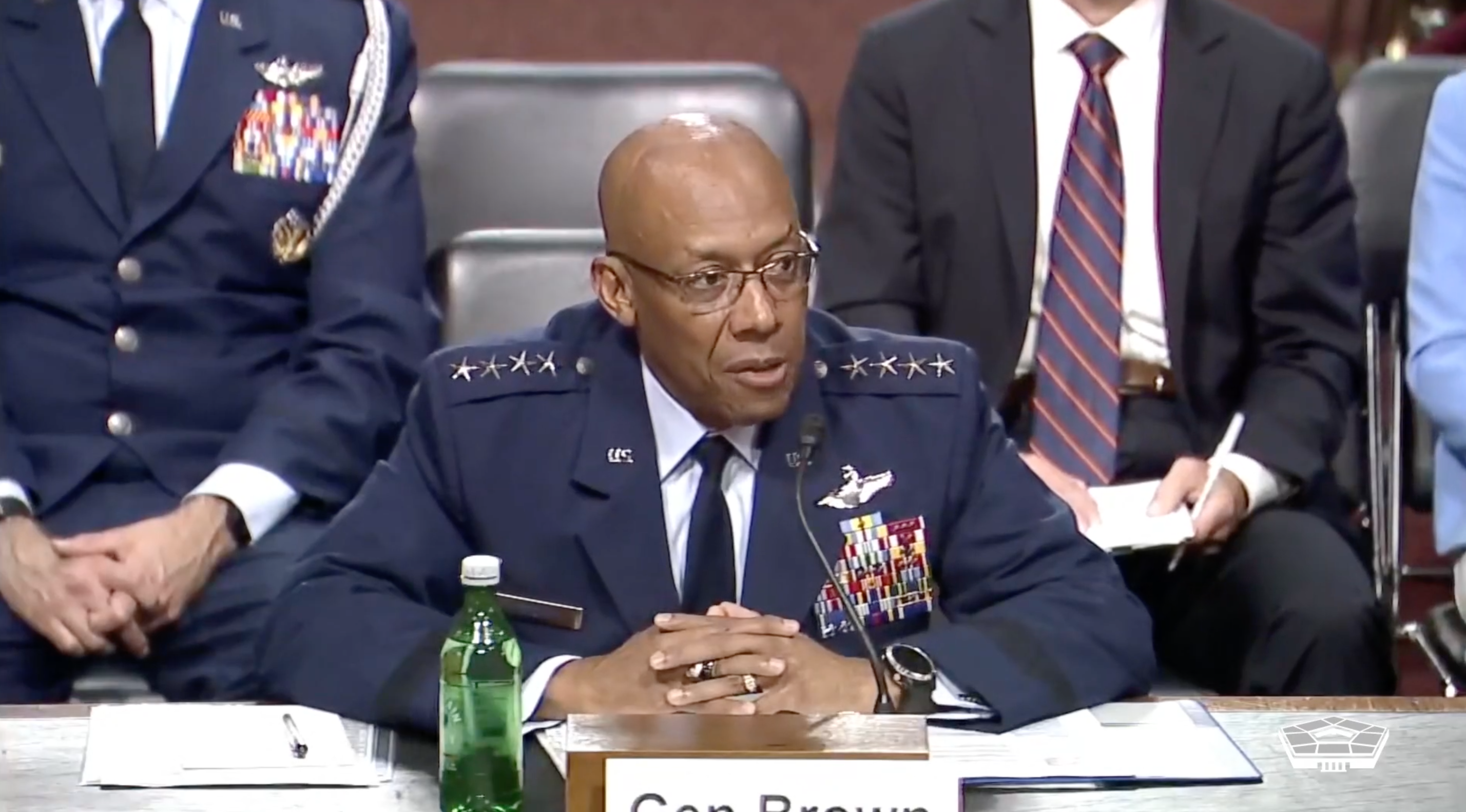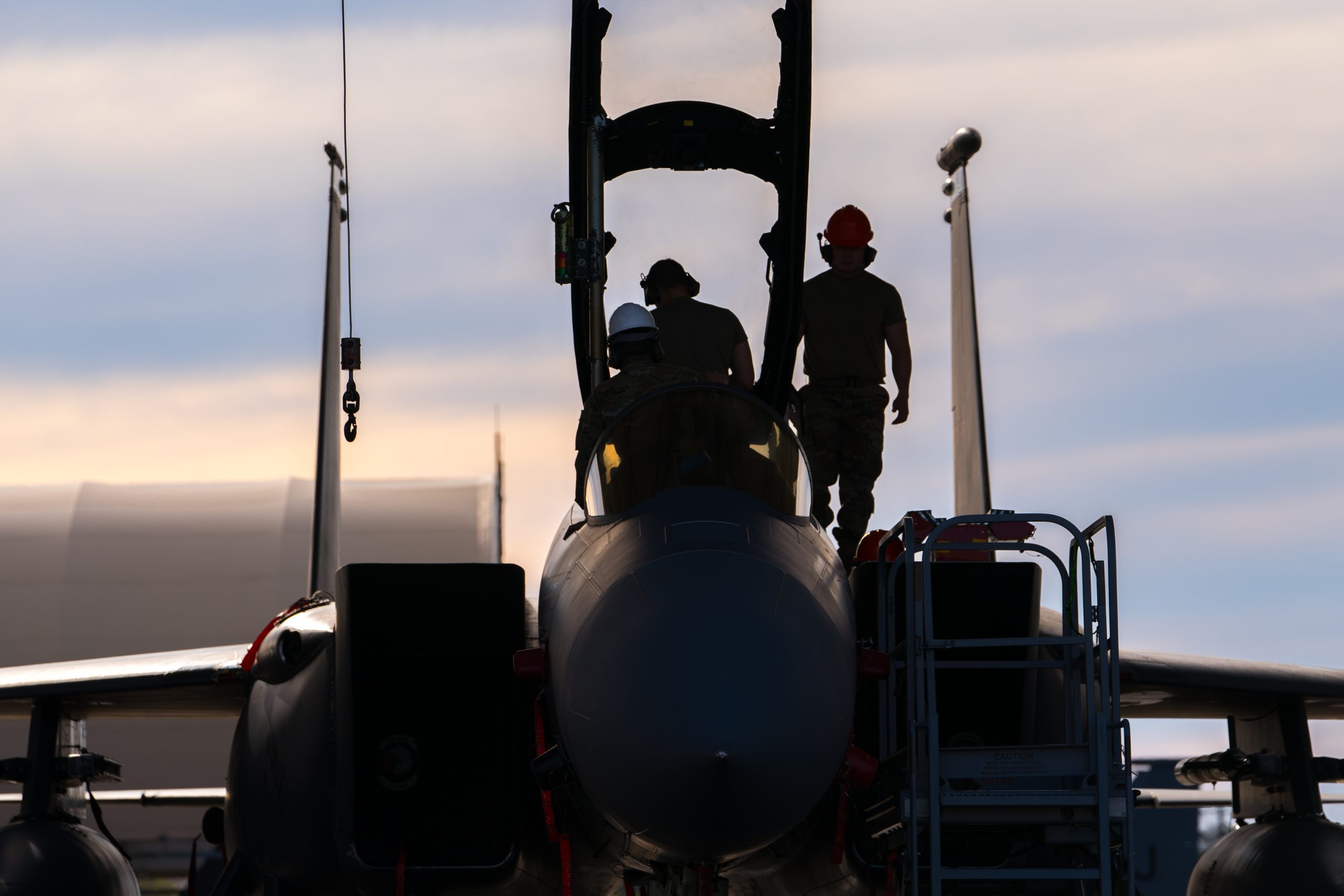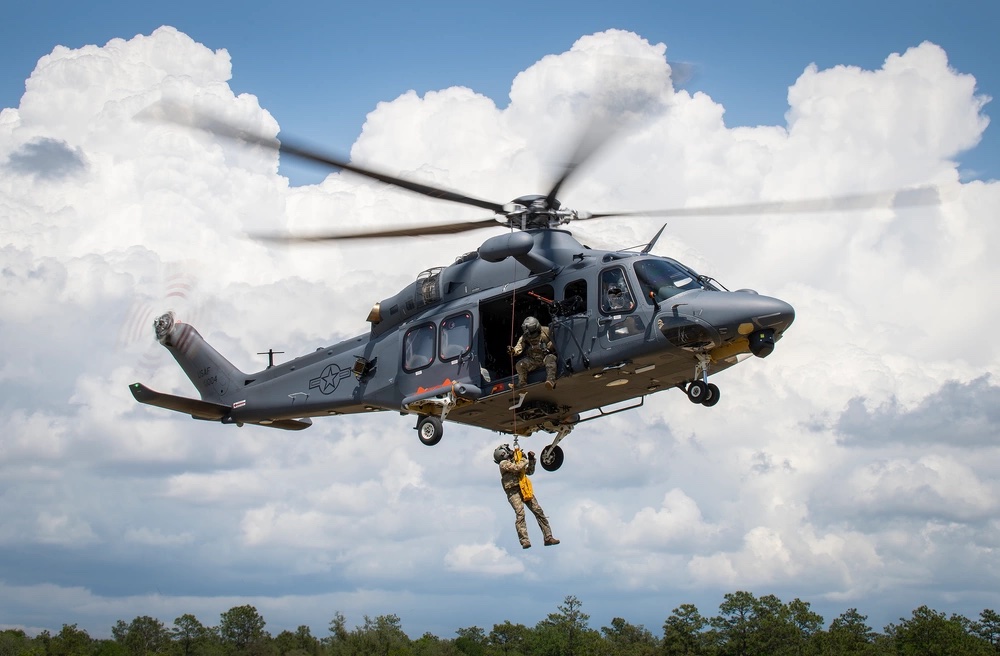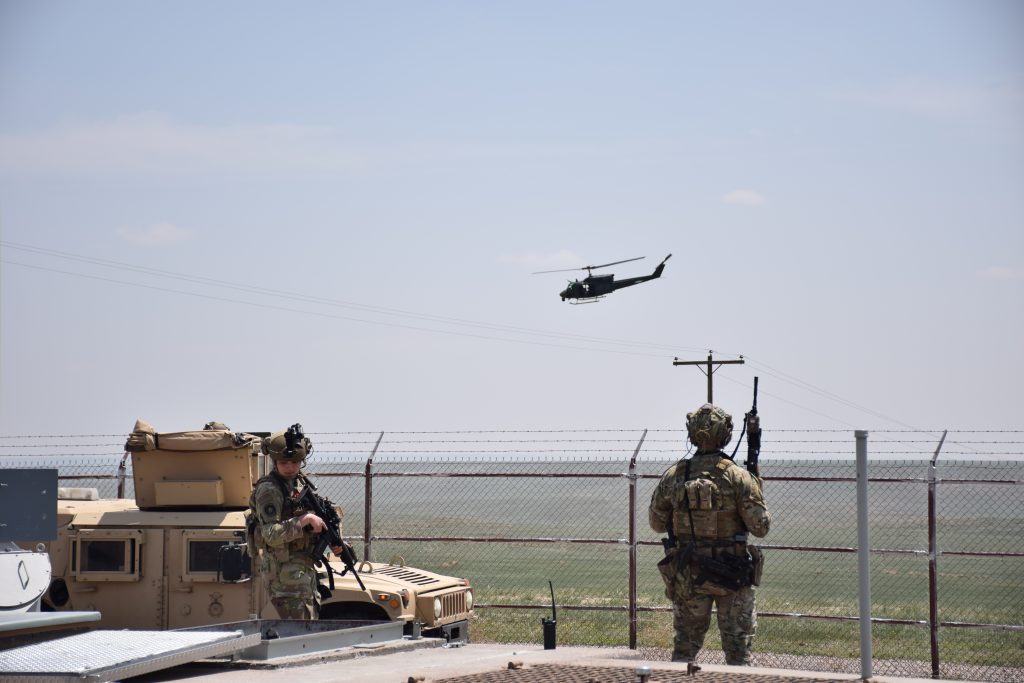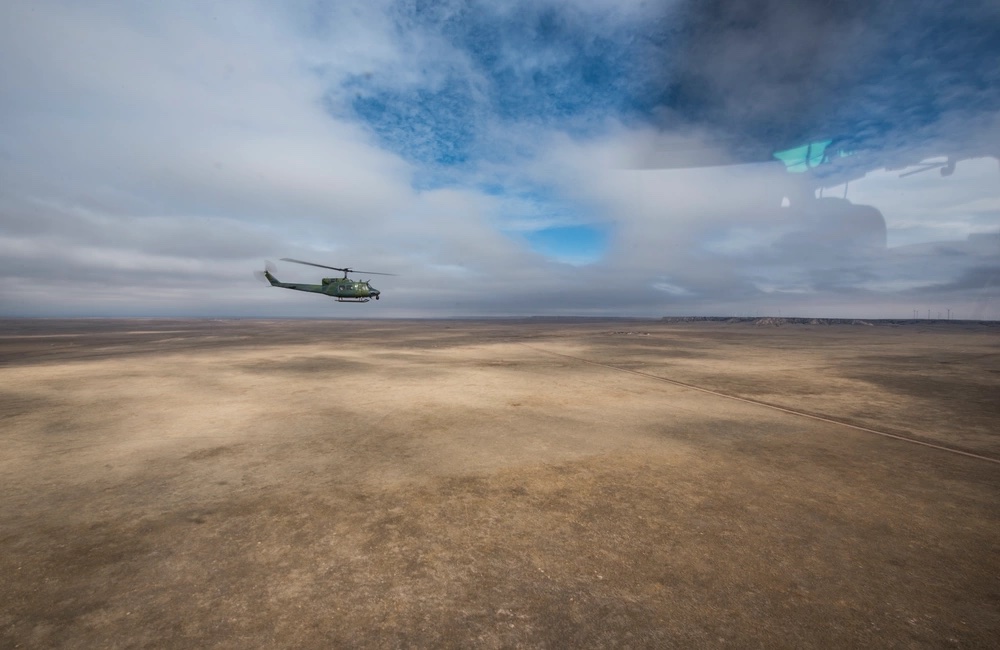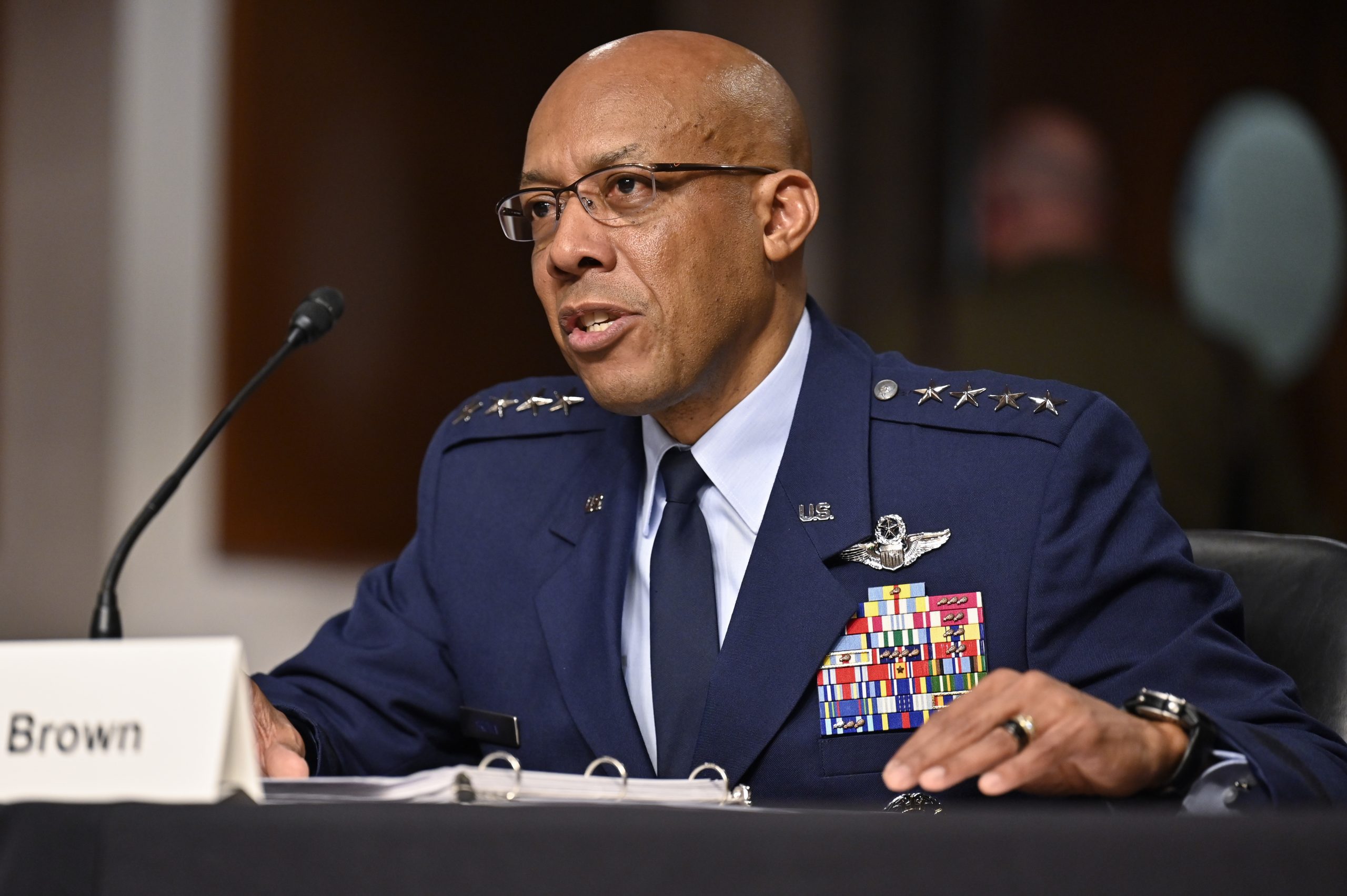The U.S. Air Force’s bomber presence in the Indo-Pacific swelled significantly in the past two weeks, as more B-52 Stratofortresses arrived on Guam and B-1 Lancers landed in Japan.
B-52s and Airmen from the 20th Expeditionary Bomb Squadron at Barksdale Air Force Base, La., landed at Andersen Air Force Base, Guam, on July 5. They join B-52s from Minot Air Force Base, N.D., that deployed to Guam last month on a Bomber Task Force mission.
“The Bomber Task Force is designed to enhance the high-end readiness of the bomber force while also advancing our interoperability with allies and partners,” said Lt. Col. Jared Patterson, 20th EBS commander, in a statement. “Each mission flown further demonstrates our ability to provide agile combat ready forces and long-range strike capabilities to combatant commanders around the globe.”
Five days later, two B-1s and around 25 Airmen from Dyess Air Force Base, Texas, arrived at Misawa Air Base, Japan, on a separate Bomber Task Force rotation.
“Having the B-1 here in Japan further showcases the United States’ commitment to the Indo-Pacific region and our Allies and partners,” said Lt. Col. Andrew Marshall, 345th Expeditionary Bomb Squadron commander, in a PACAF release.
Since arriving in Guam in mid-June, the Minot B-52s have flown integration exercises over the Korean Peninsula and were the first USAF B-52s to land in Indonesia. Within the past week, the bombers also took part in the Northern Edge military exercise in the Gulf of Alaska.
Bomber activity in the Pacific has surged with increased tensions in the region. In the past six months alone, USAF bombers flew more than half a dozen sorties over the Korean Peninsula and conducted multiple integration exercises with the Japan Air Self-Defense Force.
While bombers in Guam are common, however, deploying B-1s to Misawa is unusual. B-1s have rarely flown out of Japan on Bomber Task Force deployments in the past. Their arrival follows a Stars & Stripes report July 12 that one of the Minot B-52s was forced to make a rare emergency landing at Yokota Air Base, Japan, due to an in-flight maintenance issue. Further details about the cause have not been released.
